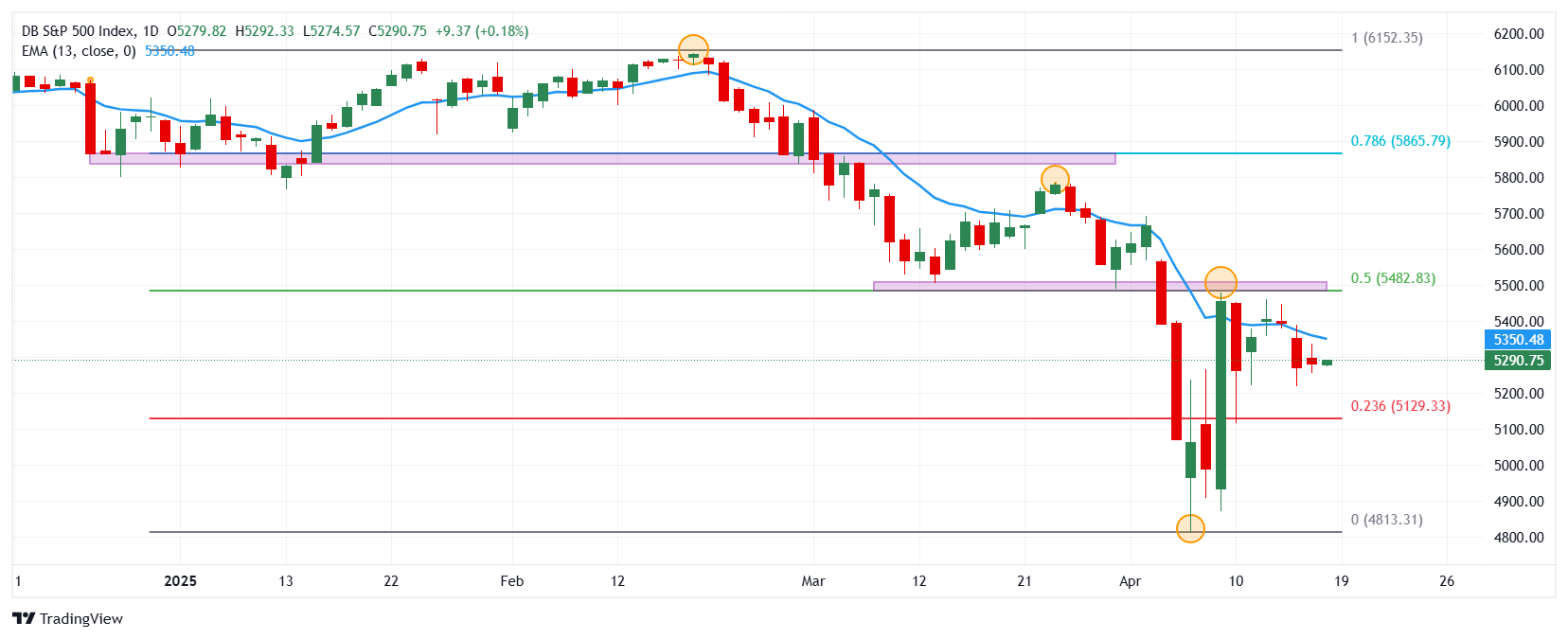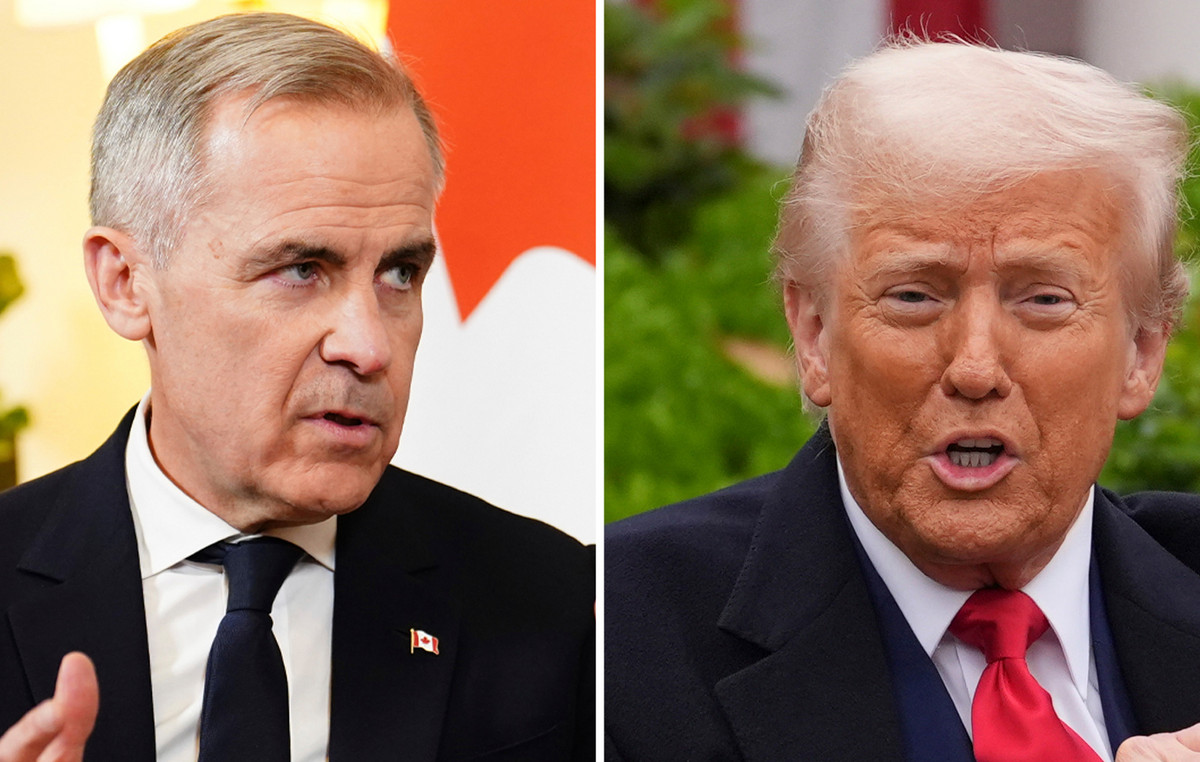- The Dow Jones rises 0.21% daily, ending the day at 39,240.
- The Nasdaq 100 wins 0.19% today, consolidating within the operational range of the previous session.
- The S&P 500 rebounds 0.18% on Friday, signing its second consecutive rise.
- The president of the San Francisco Federal Reserve, Mary Daly, stressed in her speech that tariff uncertainty has not stopped the economic growth of the United States.
The Dow Jones established a minimum of the day at 39,120, finding buyers who slightly promoted the index to a daily maximum in 39,251.
The industrial average Dow Jones began negotiations in 39,158, while the Nasdaq 100 technological index opened in 18,252. The S&P 500 began operating in 5,279, remaining within the range of Thursday.
The Dow Jones closes with profits on the last day of the week
The Dow Jones index presents an 0.20% gain today, reaching a daily maximum in 39,251, on a day with little volume.
The Dow Jones ends with three consecutive days with losses, winning 83 points today, consolidating within the range of Thursday’s session at 39,240.
Nasdaq 100 ends on positive terrain on Good Friday
The Nasdaq 100 technological index rebounds 0.19% today, concluding the day at 18,290.
The operators focus will be in the Tesla (TSLA) profit report next Tuesday, April 22. The market consensus estimates a gain per share of 0.4691 and income for 22.4 billion dollars.
The Nasdaq 100 goes up 34 points on the last day of the week, reaching a daily maximum in 18,295.
The S&P 500 closes with profits in a low volume session
The S&P 500 ends with three consecutive days down, winning 0.17% in the day, ending in 5,290.
The president of the Federal Reserve of San Francisco, Mary Daly, stood out in her speech today that the risks of inflation estimate that the monetary authority could continue to reduce the types without urgency, given the tariff uncertainty caused by Donald Trump.
In this scenario, the S&P 500 wins 8 points, consolidating within the operational range of the previous session at 5,290.
Technical Analysis of Dow Jones
The Dow Jones established a short -term resistance given by the maximum of April 14 in 40,774. The following important resistance is 42,820, Maximum of March 26. Down, we observe the support in 36,614, pivot point of April 7.
Dow Jones daily graphics

Dow Jones Faqs
The Dow Jones Industrial Avenge, one of the oldest stock market indexes in the world, consists of the 30 most negotiated values in the United States. The index is weighted by the price instead of capitalization. It is calculated by adding the prices of the values that compose it and dividing them by a factor, currently 0.152. The index was founded by Charles Dow, also founder of the Wall Street Journal. In recent years it has been criticized for not being sufficiently representative, since it only follows 30 companies, unlike broader rates such as S&P 500.
There are many factors that promote the Dow Jones Industrial Average (DJIA) index. The main one is the added performance of the companies that compose it, revealed in the quarterly reports of business benefits. The American and world macroeconomic data also contribute, since they influence investor confidence. The level of interest rates, set by the Federal Reserve (FED), also influences the DJia, since it affects the cost of credit, on which many companies depend largely. Therefore, inflation can be a determining factor, as well as other parameters that influence the decisions of the Federal Reserve.
Dow’s theory is a method to identify the main trend of the stock market developed by Charles Dow. A key step is to compare the direction of the Dow Jones Industrial Avenge (DJIA) and the Dow Jones Transportation Average (DJTA) and just follow the trends in which both move in the same direction. The volume is a confirmation criterion. The theory uses elements of maximum and minimum analysis. Dow’s theory raises three phases of the trend: accumulation, when intelligent money begins to buy or sell; Public participation, when the general public joins the trend; and distribution, when intelligent money abandons the trend.
There are several ways to operate with the DJ. One of them is to use ETF that allow investors to negotiate the DJ as a single value, instead of having to buy shares of the 30 companies that compose it. An outstanding example is the SPDR Dow Jones Industrial Avenge ETF (day). Future contracts on the DJ allow the specular operators about the future value of the index and the options provide the right, but not the obligation, to buy or sell the index at a predetermined price in the future. Investment funds allow investors to buy a part of a diversified portfolio of DJ values, which provides exposure to global index.
Source: Fx Street
I am Joshua Winder, a senior-level journalist and editor at World Stock Market. I specialize in covering news related to the stock market and economic trends. With more than 8 years of experience in this field, I have become an expert in financial reporting.







